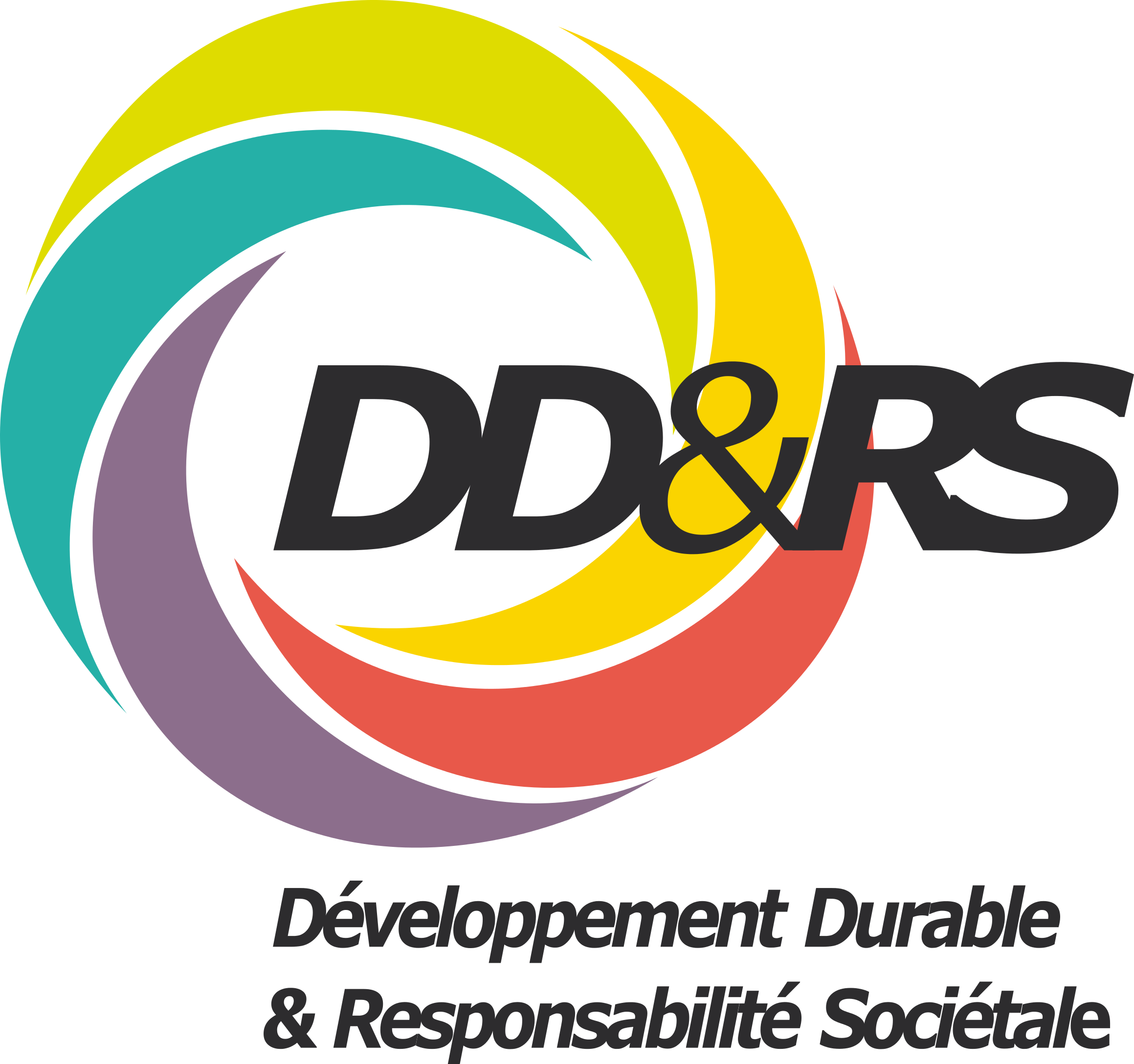Network model of mental disorders: application and interest in post-stroke depression
Modèle en réseau et troubles mentaux : application et intérêts dans la dépression post-AVC
Résumé
In contrast to the classic models in psychopathology, the network model considers that the temporal interactions between symptoms are the causes of their occurrence. This model could also be particularly suitable for understanding the processes involved in post-stroke depression. The aim of this paper is to perform a network analysis in order to describe the temporal dynamic of the links existing between depression symptoms during the acute phase after stroke. Twenty-five patients (64% male, mean age 58.1 ± 14.9 years old) hospitalized for a minor stroke (no neurocognitive or motor impairment) were involved in an Ecological Momentary Assessment methodology-based study. They used a smartphone application in order to complete four brief questionnaires each day during the week after hospital discharge. The questionnaire included 7-point Likert scales to measure the severity of the following depressive symptoms: sadness, anhedonia, fatigue, diminished concentration ability, negative thoughts on oneself, pessimism. We used Multilevel Vector Autoregressive analysis to describe the temporal links between those symptoms. We used the software R 3.6.0 with the mlVAR package. The p-value was set at .05. The results show two independent symptoms networks. The first one involves the anhedonia, fatigue, negative thoughts on oneself and sadness. It shows that: anhedonia predicts the activation of later fatigue (β = 0.135, P = 0.037) and later negative thoughts (β = 0.152, P = 0.019); negative thoughts predict later negative thoughts (β = 0.143, P = 0.028) and later sadness (β = 0.171, P = 0.021); fatigue predicts later fatigue (β = 0.261, P < 0.000). Pessimism and diminished concentration ability compose the second network, and the results show that pessimism predicts later pessimism (β = 0.215, P = 0.012) and later diminished concentration ability (β = 0.178, P = 0.045). On the one hand, anhedonia thus plays an important role in the initial and progressive activation of the other symptoms of its network. On the other hand, the cognitive symptoms (negative thoughts and pessimism) cause the deterioration of the mood and the deficit of attentional abilities. Using behavioral and cognitive strategies to support patients after hospital discharge would reduce the risk of depressive complications after a stroke. This study provides convincing empirical elements for the interest of the network model for research in psychopathology and the clinical implications and perspectives allowed by network analysis.
S’opposant aux modèles traditionnels de la psychopathologie, le modèle en réseau envisage les liens d’interaction temporelle existant entre les symptômes comme la cause de leur survenue et de leur maintien. Ce modèle pourrait par ailleurs être particulièrement adapté pour comprendre les processus en jeu dans la dépression post-AVC. Cet article vise ainsi à réaliser une analyse en réseau pour décrire la dynamique temporelle des liens entre les symptômes de dépression lors de la phase aiguë d’un AVC. Durant la semaine suivant leur retour à domicile, 25 patients (64 % d’hommes, âge moyen 58,1 ± 14,9 ans) hospitalisés après un premier AVC n’ayant entraîné aucune séquelle neuro-cognitive ou motrice importante ont répondu chaque jour à quatre mini-questionnaires mesurant la sévérité de la symptomatologie dépressive selon la méthode Ecological Momentary Assessment. Les résultats montrent l’existence d’un premier réseau, composé de l’anhédonie, la fatigue, les pensées négatives sur soi et la tristesse, pour lequel l’anhédonie joue un rôle central dans l’activation progressive des trois autres symptômes. De plus, les analyses révèlent que les symptômes cognitifs (pensées négatives et pessimisme) sont à l’origine de la dégradation de l’humeur et du déficit de capacités attentionnelles. Un accompagnement des patients au moment du retour à domicile intégrant des techniques comportementales et cognitives permettrait ainsi de diminuer le risque de complications dépressives après un AVC. Cette étude apporte des éléments empiriques convaincants de l’intérêt du modèle en réseau pour la recherche en psychopathologie et des applications cliniques que de telles analyses permettent d’envisager.
| Origine | Fichiers produits par l'(les) auteur(s) |
|---|




